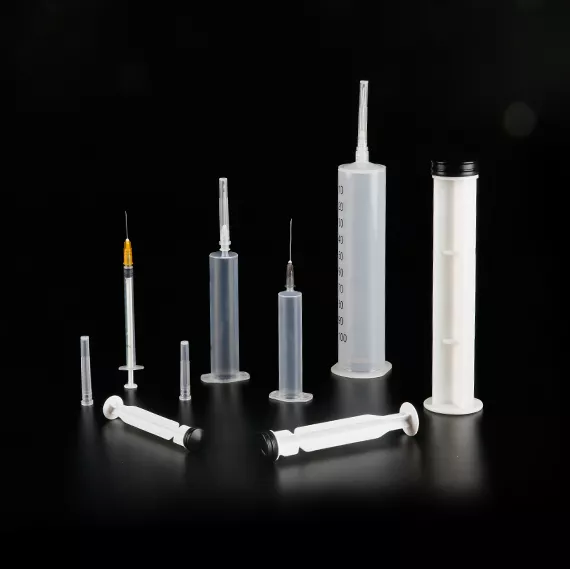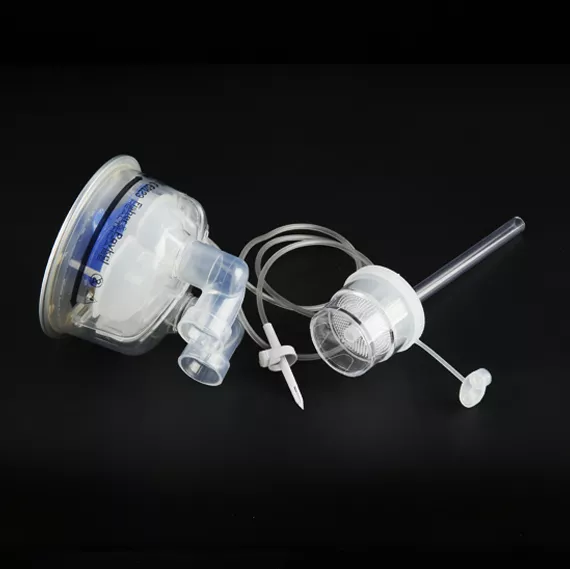Imagine the precision required to craft a lifesaving medical device, like a syringe or an implant. It’s not just about creating a product; it’s about ensuring safety, reliability, and efficiency. This is where medical device injection molding shines. By combining advanced technology with stringent quality standards, this process is transforming healthcare worldwide. Let’s dive into the fascinating world of medical device injection molding and explore its impact on healthcare innovation.


1. What Is Medical Device Injection Molding?
Medical device injection molding is a manufacturing process that uses molds to create medical devices from plastic or other materials. It combines precision engineering with automated technology to produce parts that meet the strict standards of the healthcare industry.
2. Why Is It Essential in Healthcare?
Without precision manufacturing, healthcare professionals couldn’t rely on tools and devices for critical procedures. Injection molding ensures that every device—whether it’s a catheter or a surgical instrument—is consistent, durable, and safe to use.
3. The Science Behind Injection Molding
Injection molding involves melting material, injecting it into a mold, cooling it, and then ejecting the final product. This method creates parts with high accuracy, even for complex designs.
4. Key Benefits for Healthcare Industry
- Precision: Tiny errors can have big consequences in healthcare. Injection molding ensures accuracy down to microns.
- Scalability: Whether you need 1,000 or 1 million pieces, injection molding can handle it efficiently.
- Durability: Devices made with this process are built to last, ensuring reliability.
5. Materials Used in Injection Molding
Common materials include polycarbonate, polyethylene, and thermoplastic elastomers. Each is chosen for its biocompatibility, strength, and durability.
6. Applications in Healthcare
Injection molding is used to create syringes, implants, diagnostic equipment, and more. These devices must be flawless to ensure patient safety.
7. How Precision Drives Quality
Think of a puzzle where every piece must fit perfectly. That’s what precision injection molding achieves in healthcare—components that fit seamlessly and work reliably.
8. Cost-Effectiveness of Injection Molding
Despite its high precision, injection molding is cost-effective. Once the mold is created, large-scale production becomes incredibly efficient, reducing per-unit costs.
9. Innovations Transforming the Industry
Advancements like micro-molding and automation are pushing the boundaries of what’s possible, enabling the creation of even smaller and more complex devices.
10. Challenges and Their Solutions
- Material Selection: Choosing the right material is crucial. Partnering with experts ensures the best outcomes.
- Regulatory Hurdles: Compliance with strict healthcare standards requires expertise and vigilance.
11. Regulatory Compliance in Healthcare
Every medical device must meet stringent FDA and ISO standards. This ensures devices are safe, effective, and reliable.
12. Choosing the Right Injection Molding Partner
Look for a partner with a proven track record, certifications, and expertise in healthcare applications to ensure the best results.
13. Future Trends in Medical Device Manufacturing
Emerging trends include sustainable materials, AI-driven quality control, and advanced 3D printing integration for molds.
14. Case Studies: Real-World Applications
For instance, a leading hospital recently adopted injection-molded surgical tools, reducing costs by 30% while maintaining precision and quality.
15. Conclusion: Why Injection Molding Matters
Medical device injection molding is more than a manufacturing process; it’s a cornerstone of modern healthcare. Its precision, scalability, and innovation ensure that healthcare professionals have the tools they need to save lives.
